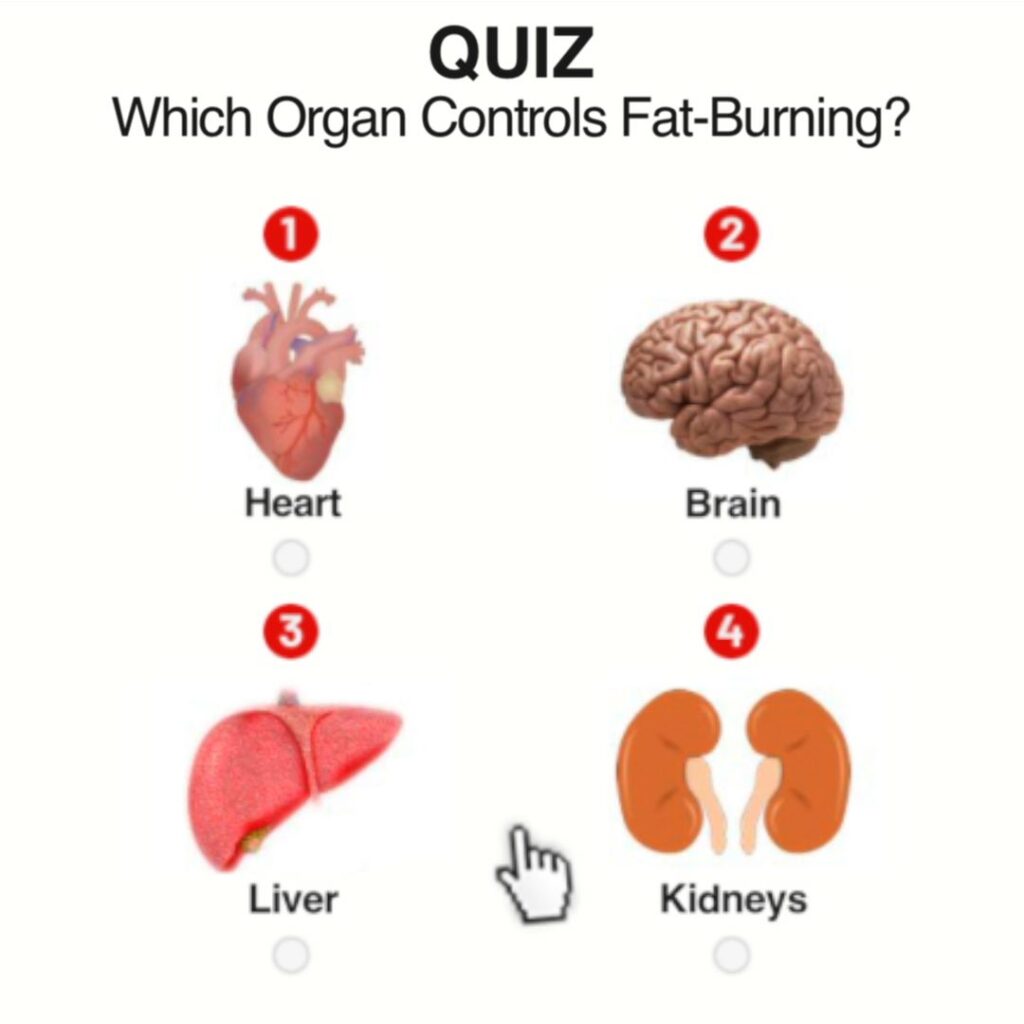4 Science-Backed Ways To Motivate Yourself To Work Out

Kevin Kozicki via Getty Images
By Sarah Elizabeth Richards for Life by DailyBurn
Are you looking to make your occasional strength class or Sunday spin session a regular ritual? Many casual exercisers want to sweat more often, but they struggle with finding the workout motivation to make fitness a part of their daily routine.
Conventional wisdom hasn’t been particularly helpful in figuring out how to get in the groove and become that person who says, “I’ll meet you for brunch later. Gotta fit in my run first.” You’re told you have to “want it” enough. Or that you have to do something 21 days in a row before it becomes second nature. But what do you do on the 29th day when it’s cold outside and you’re dying to skip your run and sleep for another hour instead?
Fitness Motivation Made Easy
Fortunately, economists and psychologists have been studying how to crack the code of what compels us to repeatedly do something we don’t always want to do. Here are some of their best strategies.
1. Give Yourself A Real Reward
Sure, some people might be motivated by vague goals such as “better health” or “weight control.” But if that’s not doing it for you, journalist Charles Duhigg, author of The Power of Habit: Why We Do What We Do in Life and Business advises making the benefits of working out more tangible, such as by treating yourself to a smoothie or an episode of “The Leftovers” afterwards.
He describes creating a neurological “habit loop,” which involves a cue to trigger the behavior (setting out your spinning shoes next to your bag), the routine (making it through spinning class) and then the reward. “An extrinsic reward is so powerful because your brain can latch on to it and make the link that the behavior is worthwhile,” he explains. “It increases the odds the routine becomes a habit.”
Over time, the motivation becomes intrinsic, as the brain begins to associate sweat and pain with the surge of endorphins — those feel-good chemicals released in the brain that are responsible for that “I-feel-freaking-amazing” rush you get after a great gym session. Once you’ve trained your brain to recognize that the workout itself is the reward, you won’t even want the treat.
2. Sign A Commitment Contract
We can make promises to ourselves all day long, but research shows we’re more likely to follow through with pledges when we make them in front of friends.
You can up the ante even more by signing a contract agreeing to pay a pal $20 every time you skip Pilates. “It’s a simple notion of changing the cost,” explains Jeremy Goldhaber-Fiebert, Ph.D., assistant professor of medicine at Stanford University who studies health decision science. “I say I’m going to make a commitment to do something for a certain amount of time, such as exercising 30 minutes three times a week for 12 weeks. If I don’t do that, I’m going to pay some kind of penalty, whether it’s monetary or the embarrassment of having friends know I didn’t live up to my word.”
In studies of people who created online contracts via the site stickk.com, Goldhaber-Fiebert and his colleagues found that those who signed longer contracts ended up exercising more than those who agreed to shorter durations. “We have to get past the initial experience of displeasure in order to recognize the longer-term benefits,” he says. “The challenge is designing tools to help make that happen.”
3. Rethink Positive Thinking
Devotees of positive thinking have long promoted visualizing the benefits of a behavior as a motivational strategy. For example, when I’m deciding whether to get out of bed to go running in the morning, it helps to imagine how the sun will feel on my face as I run around the reservoir. Or how delighted I’ll be when I see my new muscles developing.
“After you imagine the obstacle, you can figure out what you can do to overcome it and make a plan.”
But such feel-good fantasies are only effective when accompanied by more realistic problem-solving methods, according to Gabriele Oettingen, Ph.D., psychologist at New York University and author of Rethinking Positive Thinking: Inside the New Science of Motivation (due out in October).
Here’s the rest of the formula: After identifying your wish and visualizing the outcome, you have to identify what’s holding you back — a technique she calls “mental contrasting.” In one study of 51 female students who claimed they wanted to eat fewer junk food snacks, researchers asked each woman to imagine the benefits of nibbling on better foods. Those who identified the trigger that made healthful snacking difficult for them — and came up with a plan to reach for fruit when cravings hit — were most successful at sticking to their goal.
Feel too tired to go to the gym after work? “After you imagine the obstacle, you can figure out what you can do to overcome it and make a plan,” explains Oettingen. For example, you can switch to morning or lunchtime workouts or go straight to the gym instead of stopping at home first.
4. Get Paid
Still struggling? It may be time to turn to cold, hard cash. (Because, hey, money talks.) Research looking at monetary incentives and exercise found that people who were paid $100 to go to the gym doubled their attendance rate. “You just need to get people to keep doing an activity, and paying them money was effective,” explains study author Gary Charness, Ph.D., behavioral economist at the University of California at Santa Barbara.
Don’t have a generous benefactor? Check out the app Pact, in which a community of fellow users will literally pay you to stick to your schedule. If you miss your session, you authorize the app to charge your credit card or PayPal account. When you reach your goal, you get paid out of a common pool funded by yourself and other pact-breakers.
No matter how you get there, you know you’ve succeeded once the day arrives when you can’t imagine skipping your workout. You can call it an addiction, a pleasure or an escape. But the important thing is that you’re doing it on a regular basis, and that you’re doing it for you.
Original post found at: http://www.huffingtonpost.com/2014/09/05/workout-motivation-science_n_5752594.html?ncid=txtlnkusaolp00000592P.S. The suggestions listed in this article are helpful, but I think each person has to come up with a motivation trigger that’s unique to them and follow through . . . whether it’s exercising or learning a language. As far as exercising for me, the best motivator was getting a workout buddy . . . . someone who was on the same page as I am. Less talk and more focused work. We kept each other pumped up.
P.P.S. Visit Exercises for Diabetics Today for easy workouts you can start now . . . and be ten pounds lighter in five weeks.






